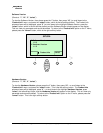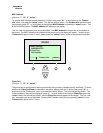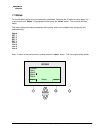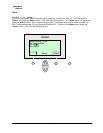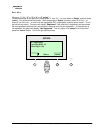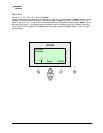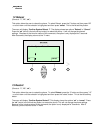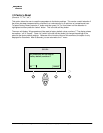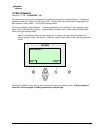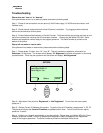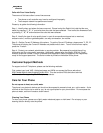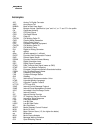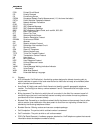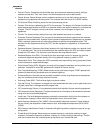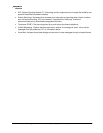
© 2003 - 2005 Sipura Technology, Inc Proprietary (See Copyright Notice on Page 2)
69
• Carrier’s Carrier: Companies that build fiber optic and microwave networks primarily selling to
resellers and carriers. Their main focus is on the wholesale and not the retail market.
• Casual Access: Casual Access is when customers choose not to use their primary carriers to
process the long-distance call being made. The customer dials the carrier’s 101XXXX number.
• CO (Central Office): Switching center for the local exchange carrier.
• Centrex: This service is offered by the LEC to the end user. The feature-rich Centrex line offers the
same features and benefits as a PBX to a customer without the capital investment or maintenance
charges. The LEC charges a monthly fee to the customer, who must agree to sign a term
agreement.
• Circuits: The communication path(s) that carry calls between two points on a network.
• Customer Premise Equipment: The only part of the telecommunications system that the customer
comes into direct contact with. Example of such pieces of equipment are: telephones, key systems,
PBXs, voicemail systems and call accounting systems as well as wiring telephone jacks. The
standard for this equipment is set by the FCC, and the equipment is supplied by an interconnect
company.
• Dedicated Access: Customers have direct access to the long-distance provider via a special circuit
(T1 or private lines). The circuit is hardwired from the customer site to the POP and does not pass
through the LEC switch. The dial tone is provided from the long-distance carrier.
• Dedicated Access Line (DAL): Provided by the local exchange carrier. An access line from the
customer’s telephone equipment directly to the long-distance company’s switch or POP.
• Demarcation Point: This is where the LEC’s ownership and responsibility (wiring, equipment) ends
and the customer’s responsibilities begin.
• Direct Inward Dialing (DID): Allows an incoming call to bypass the attendant and ring directly to an
extension. Available on most PBX systems and a feature of Centrex service.
• Dual Tone Multifrequency (DTMF): Better known as the push button keypad. DTMF replaces dial
pulses with electronically produced tones for network signaling.
• Enhanced Service: Services that are provided in addition to basic long distance and accessed by
way of a touchtone phone through a series of menus.
• Exchange Code (NXX): The first three digits of a phone number.
• Flat-rate Pricing: The customer is charged one rate (sometimes two rates, one for peak and one for
off-peak) rather than a mileage-sensitive program rate.
• IXC (Interexchange Carrier): A long-distance provider that maintains its own switching equipment.
• IVR (Interactive Voice Response): Provides mechanism for information to be stored and retrieved
using voice and a touchtone telephone.
• Local Loop: The local telephone company provides the transmission facility from the customer to
the telephone company’s office, which is engineered to carry voice and/or data.
• North American Numbering Plan (NANP): How we identify telephone numbers in North America.
We can identify the telephone number based on their three separate components (NPA) (NXX)
(XXXX).
• PIN (Personal Identification Code): A customer calling/billing code for prepaid and pay-as-you-go
calling cards.
• Private Branch Exchange: Advanced phone system commonly used by the medium to larger
customer. It allows the customer to perform a variety of in-house routing (inside calling). The dial
tone that is heard when the customer picks up the phone is an internal dial tone.



